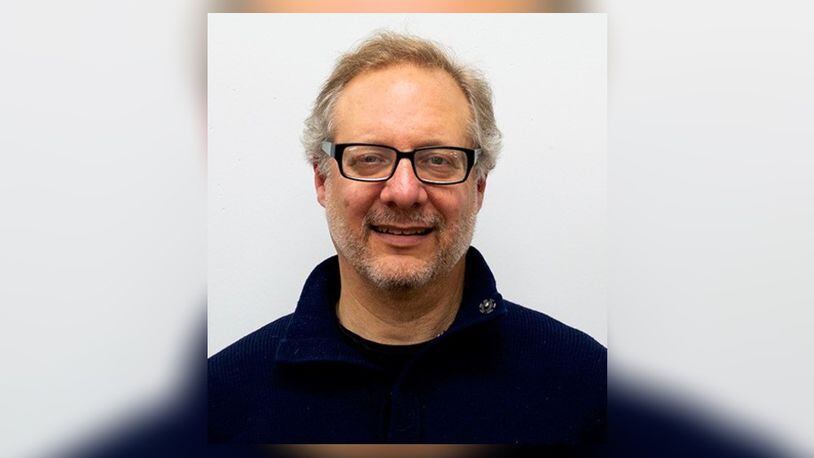In America today, we mostly define community success in economic terms — Gross Domestic Product (GDP), stock market performance, average household income, unemployment rate, poverty rate, home prices, etc. The problem is we are measuring the wrong things if we want to understand and improve individual and community success. We propose a new model based on “Well-Being,” which requires a radically different set of actionable measures that promise to provide a much better picture of the reality on the ground in our community in order to lead to meaningful change.
Well-Being, made up of five domains — Social Well-Being, Physical Well-Being, Financial Well-Being, Sense of Purpose, Sense of Purpose — is directly related to an individual’s ability to realize their full potential. What’s more, Well-Being is measurable and actionable at both the individual and community levels.
The Community of Well-Being Initiative, led by The Collaboratory, has as its mission to move residents of the Dayton Region from where they are now to where they want to be through individual, organizational and community action. We are proposing a four-pronged approach to measure well-being in the Dayton region and drive action to grow the region’s Well-Being score. The first two prongs are evidence-based tools: the Gallup Well-Being Index and the Rickter Scale Method. The Gallup Well-Being Index gets down to the census tract level, providing deep insight into where the gaps and opportunities are. The Rickter Scale Process provides the framework for qualitative data gathering through deep individual and community conversations. Adding the other two prongs of Community Conversations/Education to promote connections, insights and understanding and Policy Advocacy to reinforce goals will result in a new human-centered approach to community investment and economic development that is data-informed.
The Dayton Region is a microcosm of America, where one can find a rebounding downtown, a hollowed-out urban core, suffering from the loss of good-paying manufacturing jobs, struggling with the effects of systemic racism; generational poverty, both black and white; inner- and outer-ring suburbs, which run the gamut from challenged to thriving; small town America; agriculture; and rural communities. And with a combined population of almost 1,000,000, it is small enough to wrap our arms around, yet big enough to get deeply into America’s most intractable challenges, including employment, education, health and wellness, justice, housing, transportation, environment and media. With our history of innovation, we are an ideal laboratory for citizen-driven transformation.
What does Well-Being look like to you? Go to daytoncollaboratory.org/wellbeing to learn more or contact us at Collab@DaytonCollaboratory.org if you are interested in joining the Well-Being movement.
Peter Benkendorf directs The Collaboratory, Dayton’s non-profit civic innovation lab which he founded in Chicago in 1992 and relocated to Dayton in 2009.
About the Author
